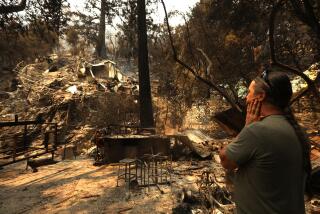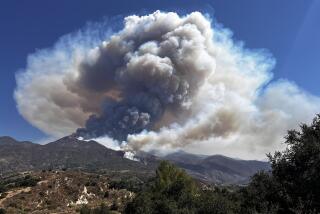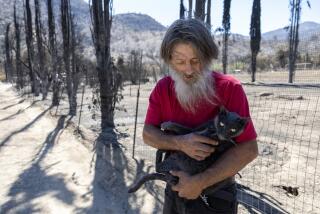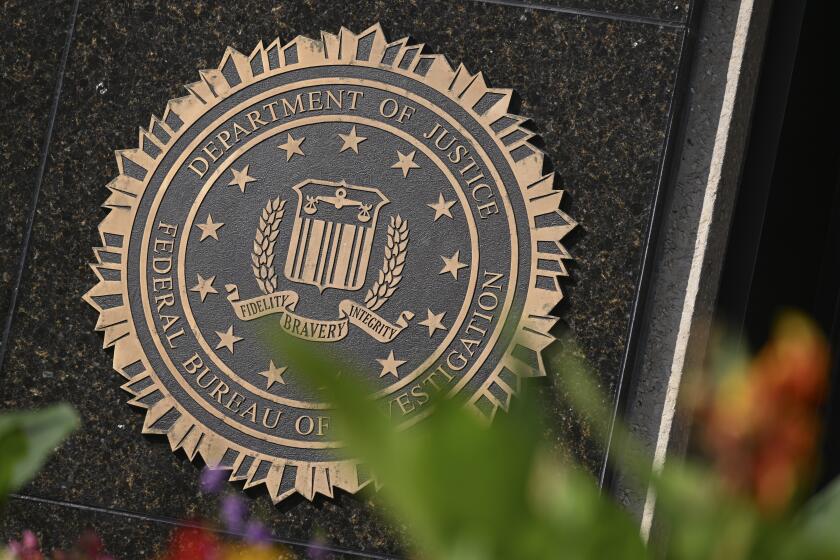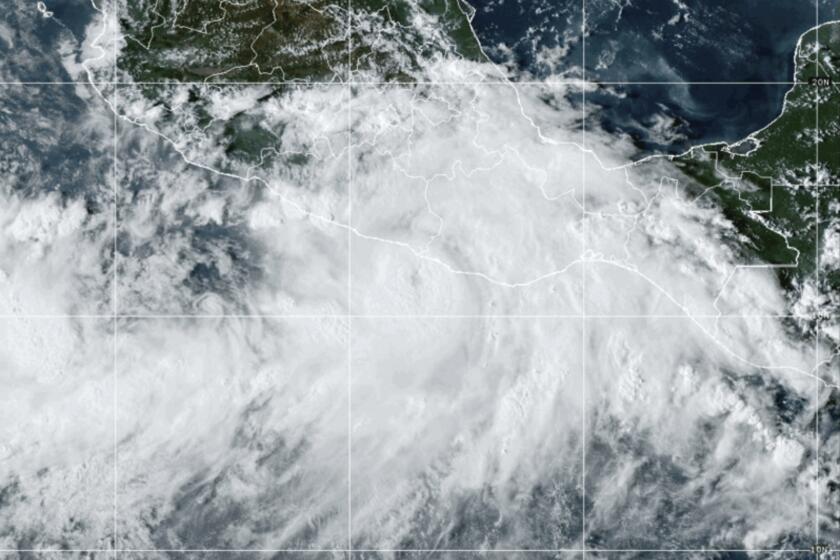19 bells mark 19 lost lives as Arizona remembers Granite Mountain hotshots
Hours before bells marked the moment when a quick and unpredictable wildfire killed 19 elite firefighters in the hot summer of 2013, Chris Kuknyo was in his Prescott City Council office, unable to sit still.
Since the fire on Yarnell Hill killed the Granite Mountain Interagency Hotshot Crew members on June 30, 2013, Kuknyo has been warning residents of this city and the surrounding area of the ever-present fire danger in the brush-rich forest surrounding town.
Kuknyo is more worried than ever for the future of this region and the firefighters who will continue to risk their lives to protect it.
“People have been building further and further out, right into the forest,” Kuknyo said. “It’s only a matter of time. Every time, it happens, and every time, we say it’s only a matter of time before it happens again.”
Kuknyo jogged out from behind his desk at City Hall and hopped into his tan Chevy Suburban waiting on one of Prescott’s meterless streets. He and other city officials have tried to convince residents of Prescott and surrounding Yavapai County that they are their own first line of defense.
The city erected signs warning drivers who smoke to use ashtrays in their cars, and they advise all homeowners to create “defensible spaces” around their homes to protect the structures from nearby fuel sources like scrub and fallen leaves.
It has become a preoccupation for Kuknyo, a longtime Prescott resident who made his money with a waste management company and ran for City Council nearly four years ago. His term is up and his wife has forbidden him from running again.
He worries that the lessons of fire prevention are quickly learned and even more quickly forgotten. “It usually takes a good scare to make people remember,” Kuknyo said.
But two years after one of the deadliest blazes in U.S. firefighting history and one of the worst scares in this area’s history, how bad can it really be?
Kuknyo sighed. “You’ll see.”
The story of Americans building on land that can’t quite sustain them is old and often told. Whether it’s California mansions on cliffs, beach houses in the hurricane-prone North Carolina Outer Banks or Iowa duplexes in a flood plain, some people choose to live with danger.
Here, the risk is fire, the rare natural disaster that emergency responders can see coming and can do something to stop. Scrub oak, manzanita and towering pine trees feed hungry wind-driven blazes in the area, whose residents live with the idea that the community could be consumed any day.
When the Granite Mountain hotshots arrived to fight the fire in 2013, they were surrounded by fuel sources.
Lightning struck Yarnell Hill, southwest of Prescott in the Weaver Mountains, at 5:30 p.m. on June 28. The small local fire department asked for help, and a dispatcher told the locals that the state would take care of it.
That was a Friday. By Saturday, the fire was growing and the weather worsening. State officials responded slowly and without coordination. By the time the hotshots came on Sunday, the fire was three times its original size.
The winds turned, and the hotshots were overrun. They deployed their emergency shelters, which were reduced to ash. The firefighters’ time of death was marked at 4:42 p.m.
On Tuesday, for the first full day since the fire, the city could mourn without the specter of an ugly legal fight over survivors’ benefits. The battle had pitted families of the hotshots against the city, which initially denied benefits to some firefighters, and against the State Forestry Division, which was adamant that it made no workplace safety errors that led to the firefighters’ deaths. A legal settlement was reached Monday.
Kuknyo’s SUV rumbled out of this high desert city’s downtown and headed southwest toward the communities of Walker and Mountain Club. Though they’ve had their scares too, Kuknyo wasn’t sure if his message was getting through.
The road began to take sharper curves as it wound around the foothills of the Weaver Mountain range and climbed into the small communities outside Prescott.
“That one!” Kuknyo shouted, pointing out a gorgeous three-story wooden neo-Victorian palace amid towering pines and thick underbrush. A pallet’s worth of pine needles rested on its roof, and deadfall surrounded its entryways.
“Those pine needles are a Molotov cocktail on the roof,” Kuknyo said. “One spark. Boom.”
The same scene repeated itself throughout the community – perfect, fast-burning wildfire fuel surrounded the homes on all sides, from the dead leaves on the ground to the boughs touching the roofs from towering pines.
Surely this was as bad as possible. Right?
“It gets worse,” Kuknyo said.
While Kuknyo traveled through the forest, Don Devendorf was downtown, waiting for the 19 bells. Though the ceremony to mark the firefighters’ deaths would be small, Devendorf worried about the minute-long address he would make to the crowd gathered at the city’s courthouse square.
Devendorf, a Prescott Fire Department division chief, spoke at a memorial for the hotshot crew days after their deaths. With two years between that day and this one, he said, the feelings are still raw. But first he had a question for the community. “Are we here to remember them, or are we here so we don’t forget?”
Devendorf hopes it’s not only Prescott that remembers the blaze, but also the surrounding towns in Yavapai County. The prevailing winds in Arizona come out of the southwest, and firefighters watching the Yarnell Hill fire could point to a path the blaze could have taken northeast from Yarnell, directly toward much larger Prescott.
It was in part that danger, and not just the danger to Yarnell, that brought the hotshot crew to their last fire.
The state can’t compel people to clean up the brush and deadfall around their homes. Devendorf can turn to one of two city inspectors to enforce code violations, but he’s helpless when faced with unrepentant county residents.
“All we can do is educate and hope that people appreciate that keeping fuels down is part of being a good neighbor,” he said. “We’re in it, all of us together.”
He sees some bright spots: Local homeowner associations have issued stringent guidelines regarding potential fire fuels on properties, rules that Devendorf said are even stricter than the city’s.
But singed hillsides and denuded tree trunks bear testament to the futility of piecemeal fire prevention strategies that leave small communities to their own devices, allowing them to set their own requirements for clearing fire fuel – or allowing them to set none at all.
Kuknyo sped around a curve, gasped and drove his heel into his brake pedal.
“Look at that,” he said.
Kuknyo’s SUV ground to a halt in a thicket of pine needles. The home in the Prescott National Forest was covered in leaves and detritus. The house didn’t appear unkempt or abandoned, though no one answered the door when a reporter knocked.
But Kuknyo wasn’t just worried about the dead leaves. He craned his neck. Growing out of the top of the third story of the house’s west wall was a pine tree.
“That’s pretty much one big bomb they built their house around,” Kuknyo said. “Here’s where it’s almost like they’re trying to burn their [house] down.”
Kuknyo sighed and turned his truck back toward Prescott. The memorial for the firefighters was two hours away.
“You want to remember them?” Kuknyo said. “Stop it from happening again. Do what it takes to protect yourself.”
When the time came for Devendorf to speak at the memorial, he said there was room to celebrate the men who died as well as to mourn them.
“We’re stronger for what happened to us,” he said. “We’re healing but not yet healed.”
Death and disaster remind residents that their oldest enemy thrives on their failures – to clean up, to trim scrub, to think about the next fire. The solution proposed by local authorities has been to take away as much fuel as possible.
Instead, two years after one of the deadliest blazes in modern history, it’s everywhere.
More to Read
Sign up for Essential California
The most important California stories and recommendations in your inbox every morning.
You may occasionally receive promotional content from the Los Angeles Times.
